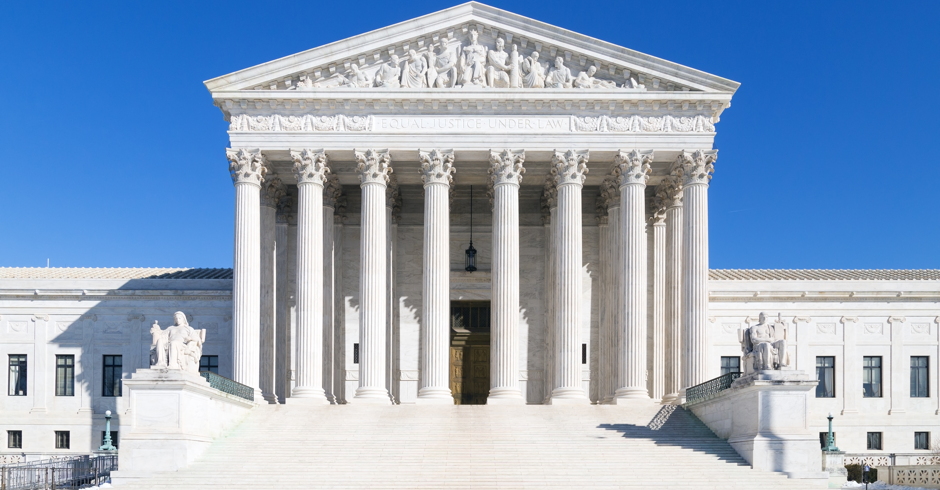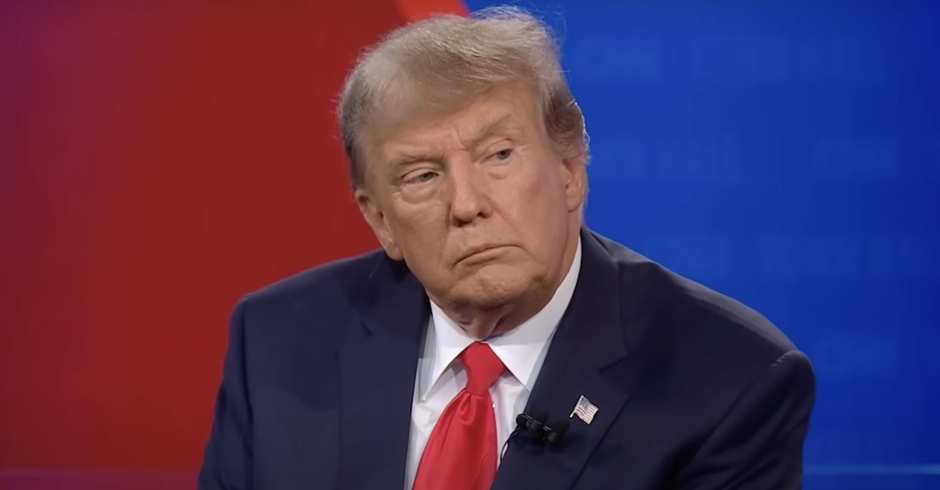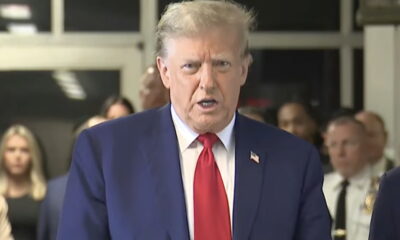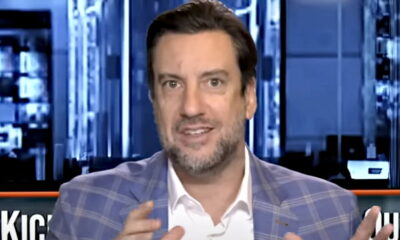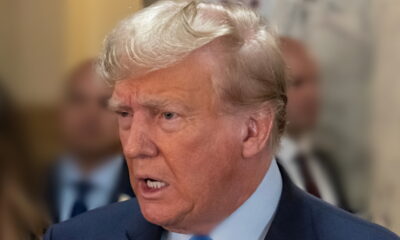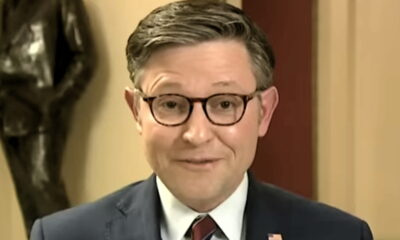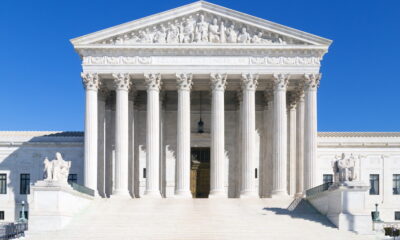Why “The New Civil Rights�
Stonewall, Mattachine, World War II:
Where We Came From
Â
Â
Editor’s note: I am honored to announce a new addition to The New Civil Rights Movement. Author and editor Dr. William B. Turner, known for his work on “Creating Change: Sexuality, Public Policy”, among other books, and a regular contributor to the Daily Kos, will be writing occasionally here as well.
William B. Turner is a student of the history of the LGBT Civil Rights Movement. He holds a Ph.D. in history from Vanderbilt University and a J.D. from the University of Wisconsin. He has written on the statutory exclusion of lesbian/gay aliens from the United States from 1917 to 1990, Wisconsin’s pioneering legislation prohibiting sexual-orientation discrimination, and on lesbian/gay rights issues in the Carter and Reagan presidential administrations in Creating Change: Sexuality, Public Policy, which he co-edited with John D’Emilio and Urvashi Vaid. He edited the section on the LGBT movement for The Encyclopedia of American Social Movements and wrote the entries on the Defense of Marriage Act, sexuality, and sexual orientation for The Dictionary of American History. He posts regularly on the Daily Kos web site. He has also published A Genealogy of Queer Theory, as well as various other articles in law reviews on LGBT civil rights and African American civil rights.
I know you’ll enjoy Dr. Turner’s first contribution.
Why “The New Civil Rights�
The name of this web site is “The New Civil Rights Movement.†The title of the book I’m writing is The New Civil Rights: Lesbian, Gay, Bisexual, Transgender Politics and Policy in the United States, 1973-2000. Why do we use the phrase, “new civil rights� The short answer is that the LGBT movement emerged at the end of a period of dramatic expansion of American civil rights law, and because the LGBT movement is in fact about civil rights issues – equality of opportunity and treatment in all areas of American life – without regard for sexual orientation or gender identity. There is a strategic as well as an empirical component to this choice: the African American civil rights movement has accumulated an enormous fund of moral authority that attaches generally to the concept of civil rights; LGBT activists hope to invoke that moral authority for their own movement by calling it a “civil rights†movement.
As a historian of that movement, I plan to offer a series of short articles on my research into the history of the LGBT civil rights movement. This is the first of those essays. It places the LGBT movement into the larger historical context of the United States.
Virtually everyone points to the Stonewall Riots in June 1969 as the birth point of the modern LGBT civil rights movement. The Stonewall Riots occurred when a group of angry queers fought back against a police raid at a queer bar in New York City’s Greenwich Village. It was a remarkable display of revolt by a group that usually accepted police harassment without much protest. To this day, Pride celebrations around the country and the world commemorate the Stonewall Riots.
As important as Stonewall undoubtedly was, we should not allow it to blind us to the important organizing by LGBT persons that predated the Riots. In his groundbreaking work on the subject, Sexual Politics, Sexual Communities: The Making of a Homosexual Minority in the United States, 1945-1970, historian John D’Emilio traces the efforts of “homophile†activists, as they called themselves. Started by a Communist, Harry Hay, in 1952, by 1969 the Mattachine Society was clearly the leading gay rights group in the country, but conservatives had long since taken over the Mattachine Society and pursued a program of trying to work with various authorities, psychiatrists, legal officials, and political leaders to persuade them that discrimination against gay people was morally wrong and a violation of this nation’s founding political and legal principles.
Mattachine eschewed protest politics for the most part, although they did sponsor occasional picketing, against discrimination in federal hiring, for example. They insisted that their picketers wear business clothes to prove their respectability to observers. After the first night of the Stonewall Riots, they posted a sign at the site of the bar calling on queers to reject more rioting.
But Mattachine was behind the times. By 1969, informed Americans knew that various forms of protest could be very effective for civil rights movements. Just as the Mattachine Society called for an end to the Stonewall Riots, so had the NAACP, the leading African American civil rights group at the time, expressed reservations when African American students began conducting sit-in protests against racial segregation in 1960. But the students would not be deterred, and sit-ins worked much better and more quickly than anything the NAACP or anyone else had ever come up with before.
Similarly, the Stonewall Riots produced an amazing outpouring of organizing by and for lesbians and gay men (bisexuals and transgender persons would only become visible parts of the movement in the late 1980s and 1990s, even though many of the participants in the Riots were either bisexual in some important sense, or gender variant, or both). D’Emilio explains that the burst of lesbian/gay organizing in the immediate aftermath of Stonewall was a historical puzzle given the prevailing stereotype at the time of gay people as lonely, isolated individuals who typically did not foster significant communities or relationships. If this stereotype were true, it would have been impossible for such persons to have created the number and variety of lesbian/gay rights groups that emerged almost overnight after Stonewall.
Still, lesbians and gay men had to be educated to see their situation in political terms. D’Emilio means “the making of a homosexual minority†quite literally. He documents the efforts by the Mattachine Society and other homophile organizations to persuade lesbians and gay men to see themselves as an oppressed minority, which many of them did not do automatically. Whatever their significant differences in terms of underlying political beliefs or organizing strategies, the conservatives who took over the Mattachine Society shared one important characteristic with the Communist Harry Hay – the belief that oppression of lesbians and gay men was, at base, a political issue that demanded a political solution.
But the “political solution†has a wide range of meanings, from the low-key lobbying of authority figures that Mattachine leaders preferred to the street riots that erupted from the police raid at the Stonewell Bar. So what were the major historical factors that allowed for the Stonewall Riots themselves to occur, and for them to produce an outpouring of lesbian/gay rights organizing?
Among the most important was World War II. As Allan Berube explains in Coming Out Under Fire: The History of Gay Men and Women in World War II, of course many lesbians and gay men served in the military during World War II. Although official military regulations called for the immediate discharge of any known lesbian or gay man, different commanders had varying approaches to dealing with the lesbians and gay men in their commands. Some immediately pursued discharges on learning of lesbians or gay men, while others appreciated the contributions of lesbians and gay men at a time of acute shortages of person power.
Of course military service during World War II created the ideal circumstances for discovering and acting on same-sex desires. Millions of young people lived away from their immediate families for the first time, usually in sex-segregated environments. After the War ended, many of these former soldiers found themselves discharged in major cities such as San Francisco, Los Angeles, and New York, where they could continue to organize their lives around their same-sex attraction in the anonymity of a large city that also contained many others like them. Protest actions such as the Stonewall Riots of 1969 and later, the ACT-UP protests of the late 1980s required a critical mass of pissed-off queers such as only New York, San Francisco, or Los Angeles could produce. Thus, it is no surprise that the Riots occurred in New York City, or that the first openly lesbian/gay persons to hold public office in the United States served at the municipal level in Boston and San Francisco.
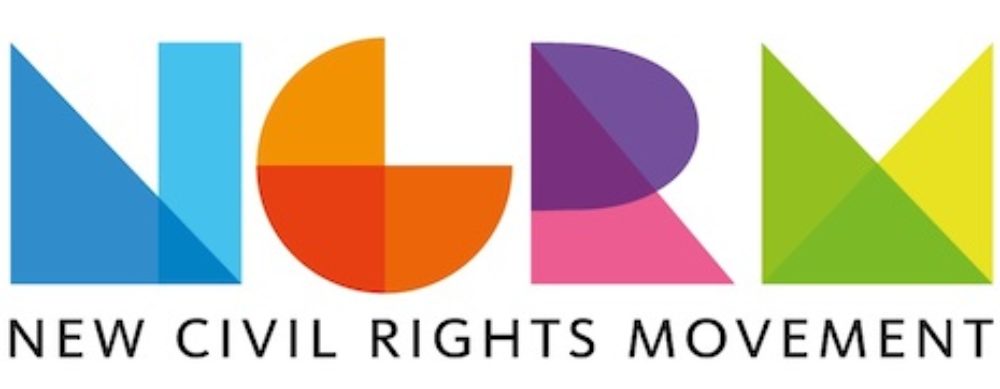
Enjoy this piece?
… then let us make a small request. The New Civil Rights Movement depends on readers like you to meet our ongoing expenses and continue producing quality progressive journalism. Three Silicon Valley giants consume 70 percent of all online advertising dollars, so we need your help to continue doing what we do.
NCRM is independent. You won’t find mainstream media bias here. From unflinching coverage of religious extremism, to spotlighting efforts to roll back our rights, NCRM continues to speak truth to power. America needs independent voices like NCRM to be sure no one is forgotten.
Every reader contribution, whatever the amount, makes a tremendous difference. Help ensure NCRM remains independent long into the future. Support progressive journalism with a one-time contribution to NCRM, or click here to become a subscriber. Thank you. Click here to donate by check.
 |
